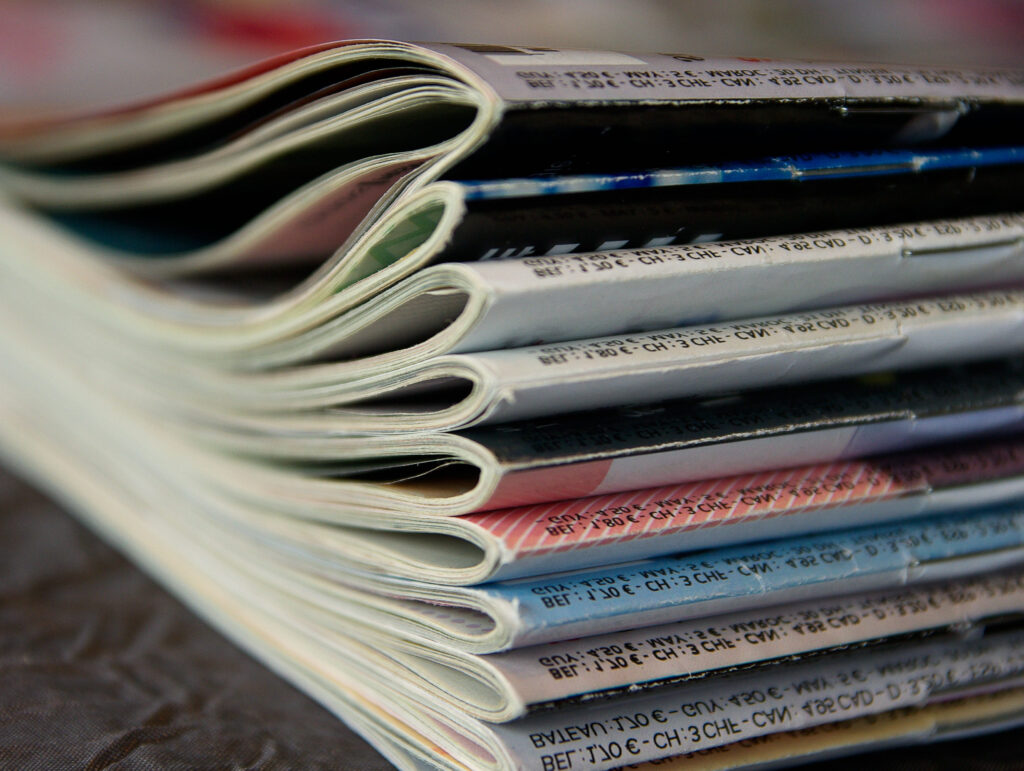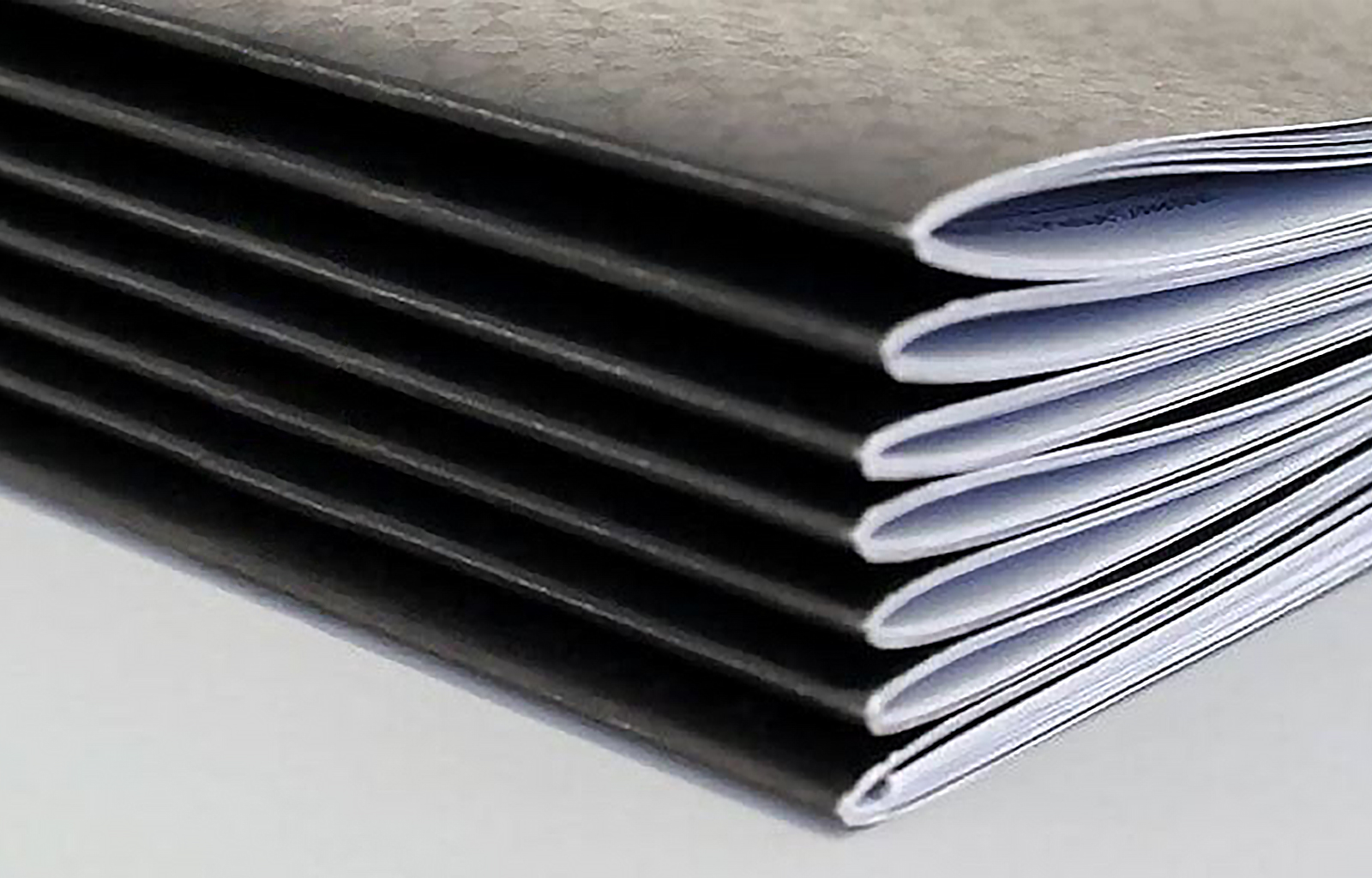
Binding 101: What is a Saddle Stitching?
Saddle stitching, a classic and widely used binding method, holds a timeless charm in the world of printing and publishing. This technique, known for its simplicity and effectiveness, involves securing folded sheets of paper with staples along the spine, creating a neat and durable booklet. As we delve into the intricacies of saddle stitching, we uncover the enduring appeal and practicality that make it a preferred choice for a variety of printed materials, from brochures and magazines to catalogues and booklets. Join us on a journey through the art and functionality of saddle stitching, exploring how this age-old method continues to play a crucial role in bringing printed creations to life.
What is Saddle Stitching?
Saddle stitching is a popular and versatile binding method used in the printing industry to create booklets, brochures, magazines, and other multi-page publications. The process involves folding a set of pages in half and securing them together by stapling along the folded edge, creating a neat and professional finish. The resulting booklet is both compact and cost-effective, making saddle stitching an ideal choice for projects with moderate page counts. This simple yet effective binding technique has stood the test of time, offering a practical solution for a wide range of printed materials.
Why is Binding Important?
Binding plays a crucial role in the presentation and functionality of printed materials, providing structure, organization, and durability. Whether it’s a document, booklet, or publication, the chosen binding method contributes to the overall aesthetic appeal and user experience. Binding not only holds pages together but also enhances the professionalism of the finished product. It ensures that pages remain in the intended order, preventing disarray and facilitating easy navigation. Additionally, the right binding method contributes to the longevity of the printed materials, protecting them from wear and tear. Ultimately, the importance of binding lies in its ability to transform loose pages into cohesive, well-organized, and durable printed products.
How Saddle Stitching Works
Saddle stitching is a straightforward yet effective binding process that brings printed materials together seamlessly. The method typically involves the following steps:
- Collating and Folding: Sheets of paper are arranged and stacked in the correct order, and the entire stack is then folded in half. This folding creates the familiar booklet format where each folded sheet becomes two pages of the final product.
- Inserting into Saddle Stitcher: The folded stack, known as a signature, is placed onto a saddle stitching machine. The machine has a saddle-shaped support that holds the spine of the folded stack in place.
- Stapling: A set of wire, thread, or staple is driven through the spine of the folded stack. These secure the pages together along the spine, creating a booklet. The number and placement of staples can vary depending on the size and thickness of the publication.
- Trimming (Optional): For a polished finish, the edges of the booklet may be trimmed to ensure they are uniform and neat.
The result is a booklet or brochure with a clean, stapled spine that securely holds the pages. Saddle stitching is a cost-effective and efficient method, making it a popular choice for various printed materials.
Difference Between Saddle Stitching and Other Binding Methods
Saddle stitching differs from other binding methods in several key aspects, each contributing to its unique characteristics and use cases. Let’s explore the distinctions between saddle stitching and alternative binding methods:
- Binding Technique:
- Saddle Stitching: Involves folding sheets in half and stapling along the fold, creating a booklet.
- Perfect Binding: Utilizes an adhesive to attach the pages to a wrap-around cover, creating a square spine.
- Wire-O Binding: Involves a series of wire loops that thread through holes punched along the edge of the pages.
- Comb Binding: Uses a plastic comb spine with multiple, evenly spaced, rectangular-shaped teeth to hold the pages of a document together
- Coil Binding: Utilizes a continuous plastic coil threaded through closely spaced holes along the document’s edge.
- Spine Appearance:
- Saddle Stitching: Results in a visible row of staples along the spine, suitable for smaller page counts.
- Perfect Binding: Yields a flat, square spine without visible staples, ideal for larger publications.
- Wire-O Binding: Offers a distinctive appearance with a spiral metal spine.
- Comb Binding: Provides a comb appearance that uses a continuous plastic comb.
- Coil Binding: Provides a similar spiral appearance but uses a continuous plastic coil.
- Page Count and Thickness:
- Saddle Stitching: Best for smaller page counts, typically up to around 64 pages.
- Perfect Binding: Suitable for larger page counts, accommodating thicker documents.
- Wire-O, Comb, and Coil Binding: Versatile for various page counts, with the ability to handle thicker documents.
- Lay-Flat Capability:
- Saddle Stitching: May not lay completely flat, especially for larger page counts.
- Perfect Binding, Wire-O, Comb, and Coil Binding: Generally offer improved lay-flat capabilities.
- Cost Considerations:
- Saddle Stitching: Cost-effective for shorter print runs and smaller publications.
- Perfect Binding: Economical for larger quantities and thicker publications.
- Wire-O, Comb, and Coil Binding: Moderate cost, with variations based on coil material and document specifications.
Best Saddle Stitching Machines
Here are some of the best saddle stitching machines:
- Sysform 106E Electric Stapler Flat Saddle
- Salco Rapid 106 R106E Electric Stapler
- DeLuxe Book Stitchers M17-AST
- MBM stitchmaster wire stitcher
- BM-35 Tabletop Booklet Maker with Square Back Feature
- SQ-70 Square Back Maker
In conclusion, saddle stitching stands as a reliable and timeless binding method, weaving together the pages of printed materials with simplicity and efficiency. Its straightforward yet effective process results in professional-looking booklets, brochures, and magazines that are not only visually appealing but also practical in their organization. Embrace the durability and professional finish that saddle stitching imparts to printed creations, as this classic method continues to leave an indelible mark in the world of printing and publishing.
Are you a business owner seeking to enhance your document organization and presentation capabilities? Consider the efficiency and professionalism that saddle stitching machines can bring to your operations. Contact us today to explore a range of saddle stitching solutions tailored to your specific needs, and elevate the way you present documents in your business.










